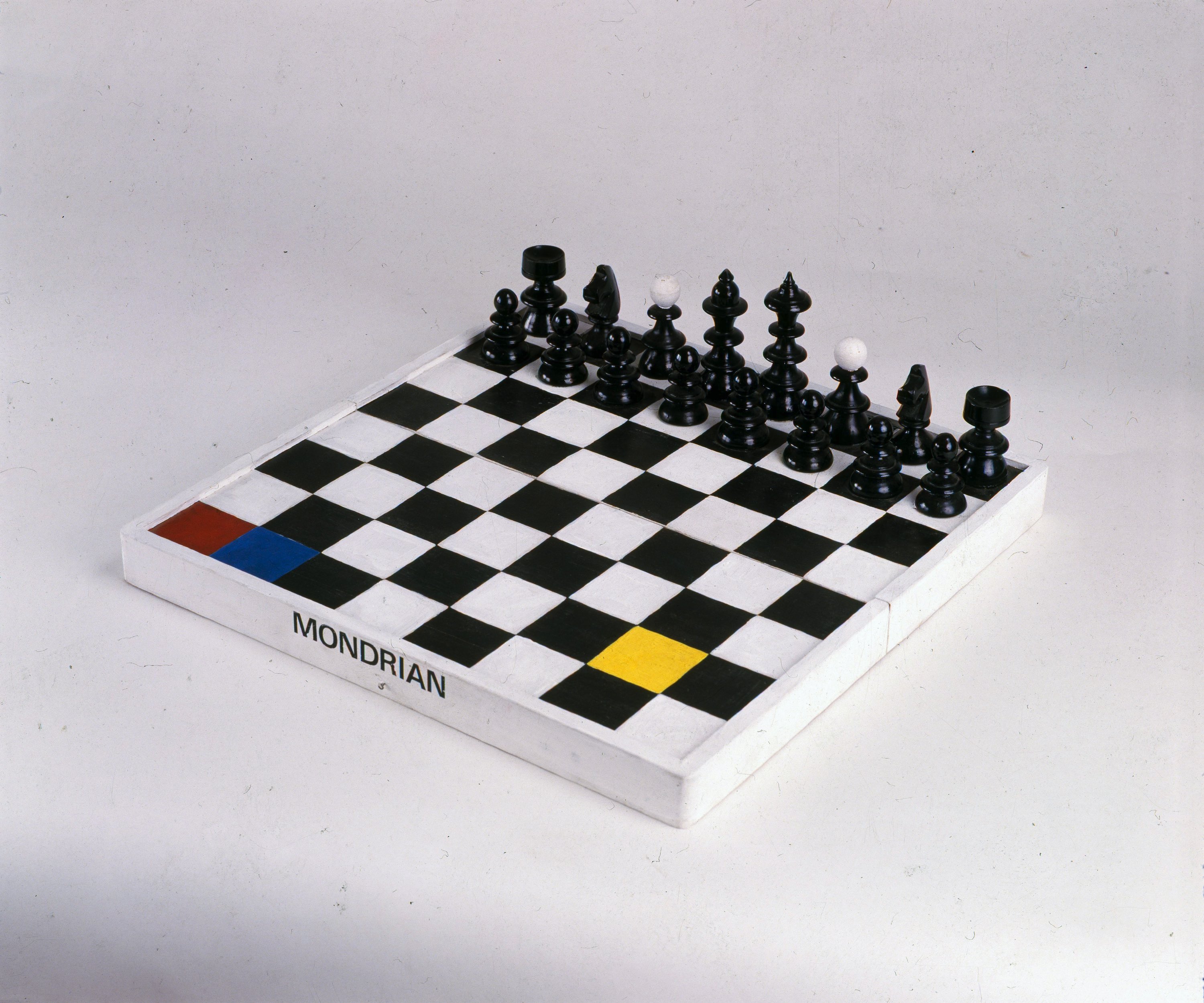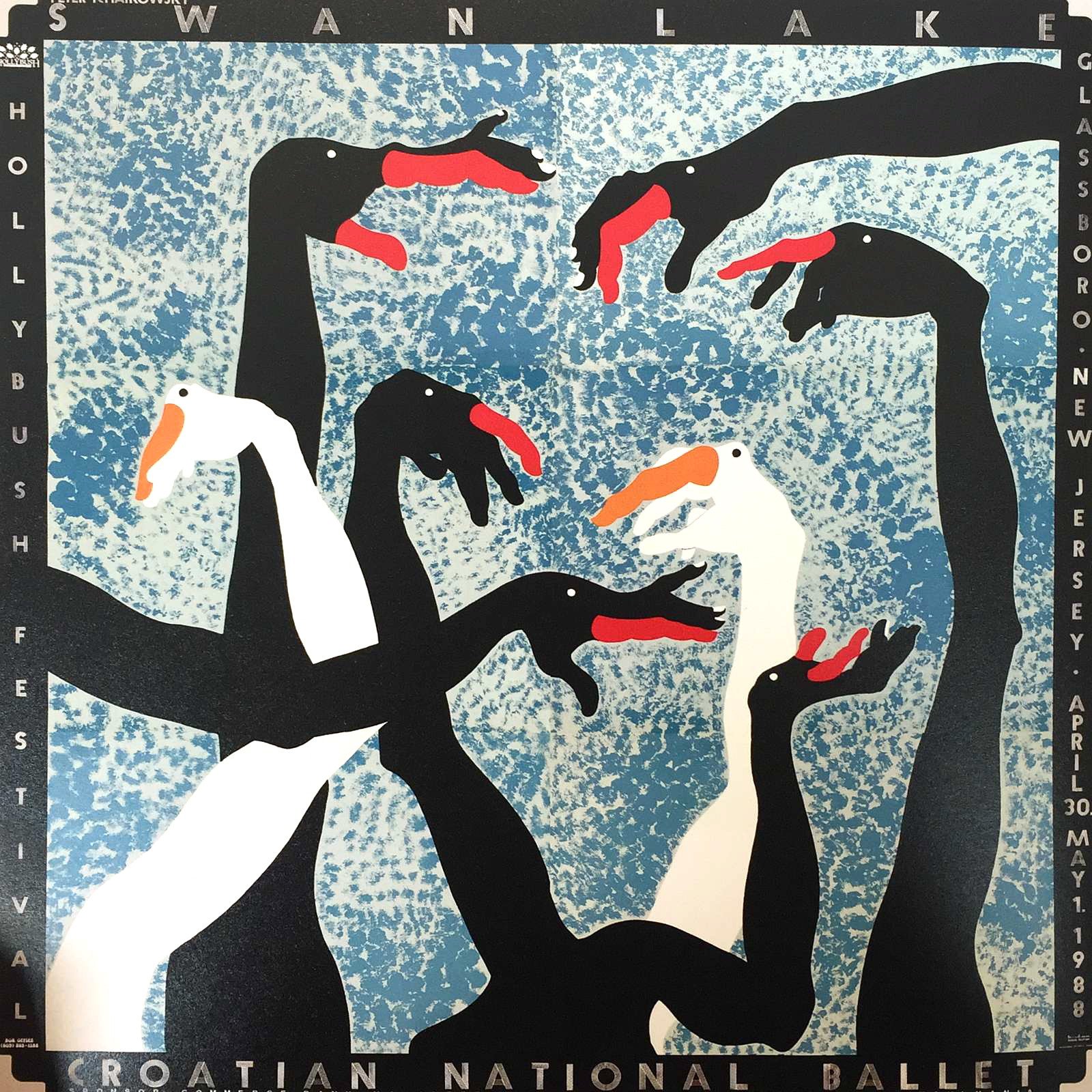This playful work was created in 1975 as one in Boris Bućan's (Zagreb, 1947) series of “spontaneous artistic reactions,” but actually it rethinks the foundations of visual art, its contexts, meanings, and consequences. By taking the liberty to freely choose and use the names of artists from the recent and older history of art, Bućan places them in the context of a temporary common exhibition and rearranges art puzzles, supplementing them with a reduced “user’s manual”.
By taking objects from everyday life (a chess board and figures) Bućan shows his inclination for a strategy of rejection of aesthetic criteria, while introducing neoplasticistic elements of rhythm, abstract spatiality, and perception of motion into the object by using Mondrian-like colored fields. At the same time, it is about a critical means of provocation and undermining certain artistic positions from the avant-garde period, as well as about an analytical reinterpretation of others' authorial procedures with a characteristic Bućan-like touch of humor.
The greatest part of his oeuvre is dedicated to poster design, which Bućan, from his very beginnings in the mid-1960s, designed using references from mass culture, everyday life, and many historical artistic styles. In the media of poster he found a unique way of re-examining the relationships and boundaries between artistic autonomy and social context, visual art and design rules, showing to the coming generations of artists that these boundaries needed to be constantly pushed.
To find out more about Duchamp, whose art inspired Bućan- read about Four "Readymades" Of Marcel Duchamp You Should Know - on our online magazine @DailyArtMag!


 Boris Bućan
Boris Bućan